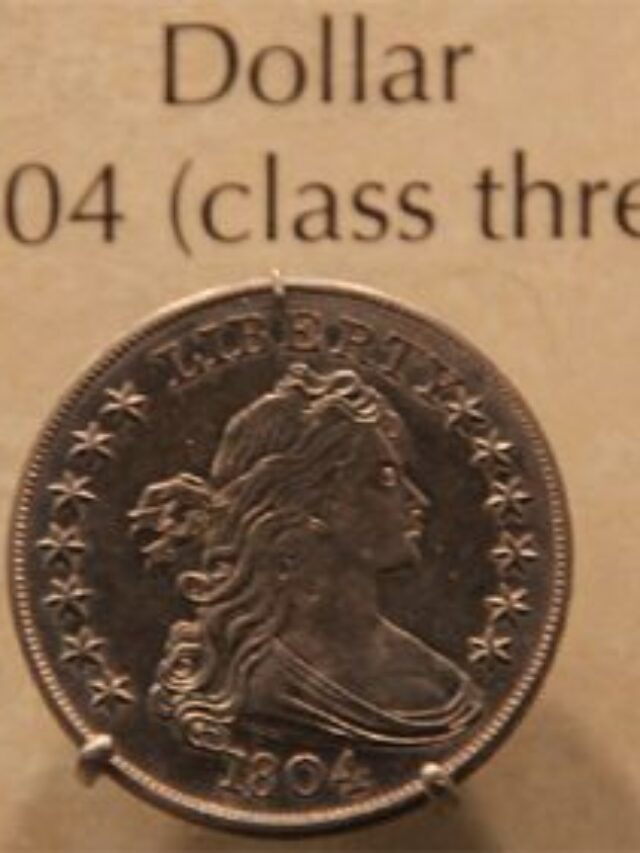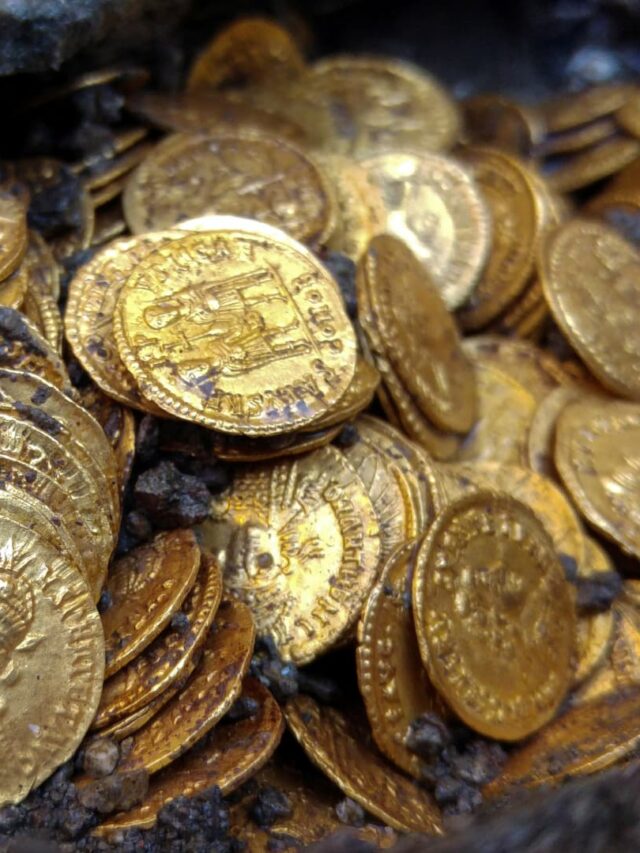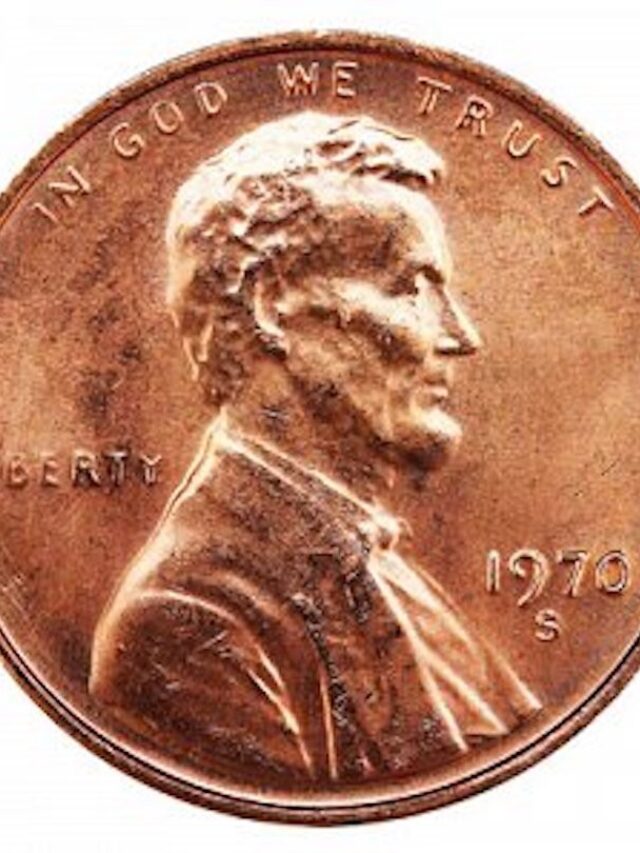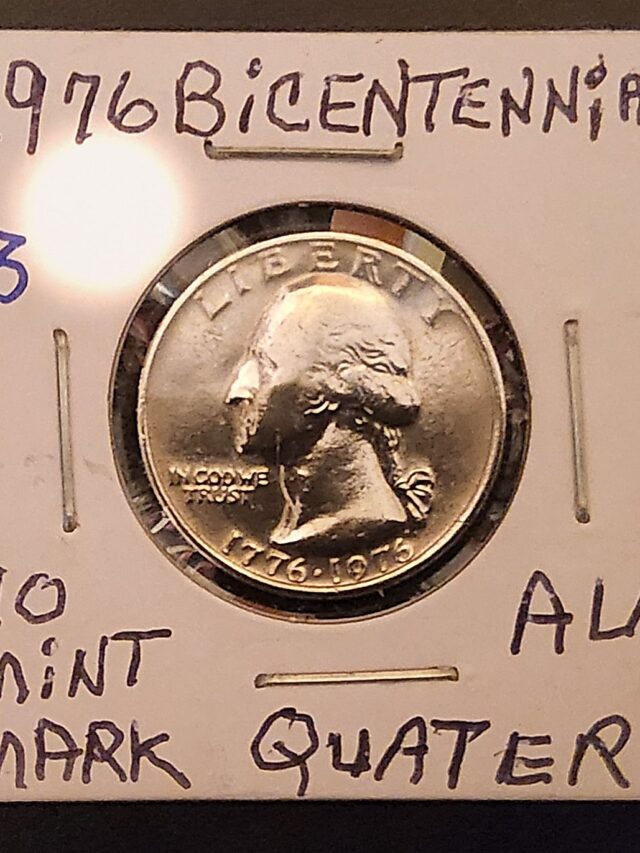Optical illusions are fascinating phenomena that captivate our attention and challenge our perception.
They play tricks on our eyes and brain, often leading us to see things that are not really there or missing what is plainly visible.
These illusions can be a fun way to test our observational skills and even our cognitive abilities.
One particularly intriguing type of optical illusion involves finding hidden objects within an image.
In this article, we will explore the concept of hidden object optical illusions, with a focus on the challenge of finding a hidden pencil in an image within just six seconds.
This task not only serves as an entertaining brain teaser but also offers insights into how our brain processes visual information and how such challenges can potentially correlate with our IQ.
The Appeal of Optical Illusions
Optical illusions have been a source of fascination for centuries.
They intrigue us because they reveal the complex ways in which our brains interpret visual stimuli.
The hidden pencil illusion is a classic example of this, where the challenge lies in discerning a familiar object cleverly camouflaged within a seemingly simple image.
The appeal of such illusions is multifaceted:
Cognitive Engagement: Optical illusions require active engagement of the brain.
When faced with the task of finding a hidden object, our brain mobilizes various cognitive functions, such as pattern recognition, attention to detail, and spatial reasoning.
This engagement can be both stimulating and enjoyable, making optical illusions a popular form of mental exercise.
Entertainment and Fun: Optical illusions are inherently entertaining.
The challenge of spotting the hidden pencil, especially within a time constraint, adds an element of excitement and competition.
It’s a fun activity that can be enjoyed individually or with friends and family, making it a popular choice for casual entertainment.
Educational Value: Beyond entertainment, optical illusions can also be educational.
They offer insights into how our visual system works, the nature of perception, and the cognitive processes involved in interpreting visual information.
This educational aspect can enhance our appreciation of the complexity of human cognition and perception.
How Our Brain Interprets Visual Information

Understanding how our brain interprets visual information is key to appreciating the challenge of finding a hidden pencil in an image.
When we look at an image, our brain processes it in several stages:
Initial Visual Processing: The first stage of visual processing occurs in the retina, where light is converted into electrical signals.
These signals are then transmitted to the brain via the optic nerve.
Feature Detection: In the brain, the primary visual cortex identifies basic features such as edges, lines, and colors.
This is where our brain begins to construct a coherent image from the raw visual data.
Pattern Recognition: The brain’s higher visual areas are responsible for recognizing patterns and shapes.
This involves comparing the visual input with stored memories and experiences to identify familiar objects.
Attention and Focus: Attention plays a crucial role in visual perception.
Our brain selectively focuses on certain aspects of the visual scene while filtering out irrelevant information.
This selective attention is what allows us to locate a hidden object like a pencil amidst a complex background.
Context and Interpretation: Finally, our brain interprets the visual information in the context of the overall scene.
This involves integrating the visual input with contextual clues and prior knowledge to arrive at a coherent perception.
The Challenge of Finding the Hidden Pencil
The task of finding a hidden pencil in an image within six seconds is a classic test of our visual and cognitive abilities.
Here are the key challenges involved:
Camouflage and Distraction: The hidden pencil is often camouflaged by blending it with similar colors and patterns in the background.
This makes it difficult for our brain to distinguish the pencil from its surroundings.
Additionally, the presence of other objects and details in the image can serve as distractions, further complicating the task.
Time Constraint: The six-second time limit adds an element of urgency to the task.
This forces our brain to process the visual information quickly and efficiently, relying on rapid pattern recognition and attention skills.
Spatial Awareness: Finding the hidden pencil requires good spatial awareness and the ability to scan the image methodically.
Our brain needs to divide the image into manageable sections and systematically search for the pencil, without getting overwhelmed by the overall complexity.
Cognitive Flexibility: Optical illusions often require cognitive flexibility, which is the ability to switch between different perspectives and strategies.
If one approach to finding the pencil doesn’t work, our brain needs to quickly adapt and try a different method.
Tips for Finding the Hidden Pencil

While finding a hidden pencil in an image can be challenging, there are several strategies that can improve your chances of success:
Start with a Broad Scan: Begin by quickly scanning the entire image to get an overall sense of the scene.
This initial scan can help you identify areas with high visual complexity where the pencil is more likely to be hidden.
Focus on Edges and Outlines: The pencil is a long, thin object with distinct edges.
Focusing on areas with similar shapes and outlines can help you spot the pencil more easily.
Look for linear patterns and avoid getting distracted by more complex shapes.
Pay Attention to Color Contrasts: The pencil is likely to stand out based on color contrasts.
Look for areas where the color of the pencil is slightly different from the background.
Even subtle differences in color can be a clue to the pencil’s location.
Use a Systematic Search Pattern: Divide the image into smaller sections and systematically search each section.
This methodical approach ensures that you don’t miss any part of the image and increases your chances of finding the pencil within the time limit.
Practice and Patience: Like any skill, improving your ability to find hidden objects takes practice.
Regularly engaging with optical illusions and similar brain teasers can enhance your visual perception and cognitive flexibility.
Additionally, maintaining patience and not getting frustrated can help you stay focused and improve your performance.
The Connection Between Optical Illusions and IQ
The task of finding a hidden pencil in an image is often presented as a way to test your IQ.
While it’s important to note that a single task cannot accurately measure a person’s IQ, there are some interesting connections between optical illusions and cognitive abilities:
Pattern Recognition and Problem Solving: IQ tests often include tasks that assess pattern recognition and problem-solving skills.
The ability to quickly identify patterns and solve visual puzzles, like finding a hidden pencil, can be indicative of strong cognitive abilities in these areas.
Attention to Detail: Attention to detail is another important aspect of IQ.
People with high IQs tend to have a keen eye for detail and can quickly spot subtle differences and hidden objects.
This skill is crucial for tasks like the hidden pencil challenge.
Cognitive Processing Speed: The speed at which a person can process visual information and make accurate decisions is also a component of IQ.
The six-second time limit in the hidden pencil challenge tests this aspect of cognitive ability, as it requires rapid information processing and quick decision-making.
Memory and Recall: While the hidden pencil challenge primarily tests visual perception, it also involves memory and recall.
The brain needs to remember the appearance of a pencil and use this information to search the image.
Strong memory and recall abilities are often associated with higher IQs.
Adaptability and Flexibility: Cognitive flexibility, or the ability to adapt to new situations and think creatively, is another component of IQ.
Optical illusions often require a flexible mindset, as the brain needs to switch between different perspectives and strategies to solve the puzzle.
Other Stories You May Like
Conclusion
Optical illusions, like the challenge of finding a hidden pencil in an image within six seconds, offer a fascinating glimpse into the complexities of human perception and cognition.
These illusions engage our brain in unique ways, testing our pattern recognition, attention to detail, and cognitive flexibility.
While they provide entertainment and mental stimulation, they also offer valuable insights into how our brain processes visual information and the cognitive abilities that contribute to our IQ.
Whether you’re a fan of optical illusions or a casual observer, the hidden pencil challenge is a fun and intriguing way to test your observational skills and cognitive abilities.
By understanding the principles behind optical illusions and applying effective strategies, you can improve your performance and gain a deeper appreciation for the remarkable capabilities of the human brain.
So, the next time you encounter an optical illusion, take a moment to engage with it, challenge yourself, and marvel at the incredible world of visual perception.





















